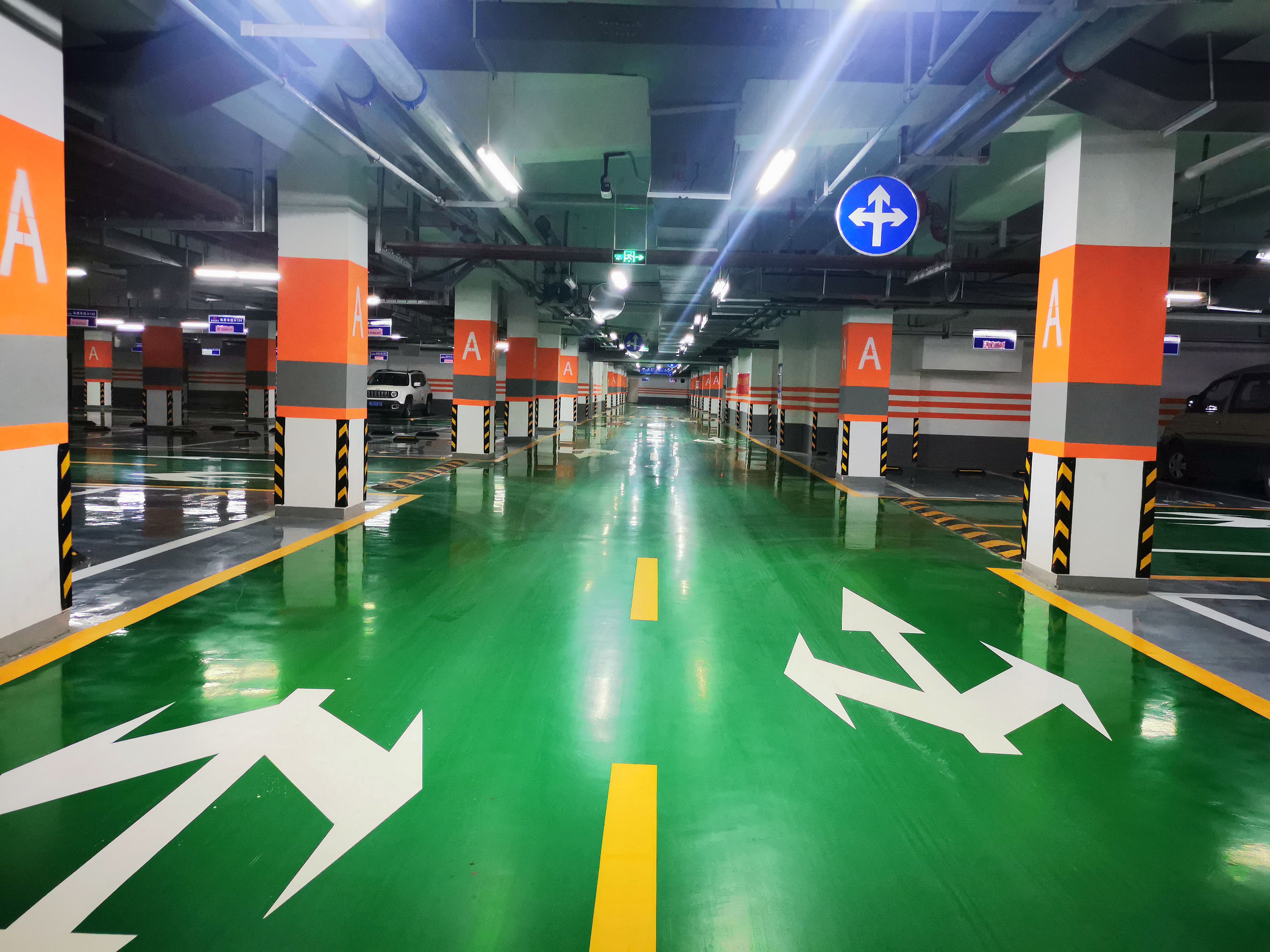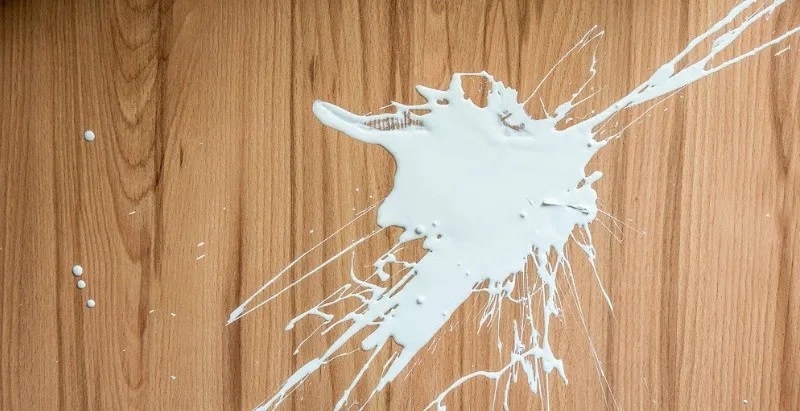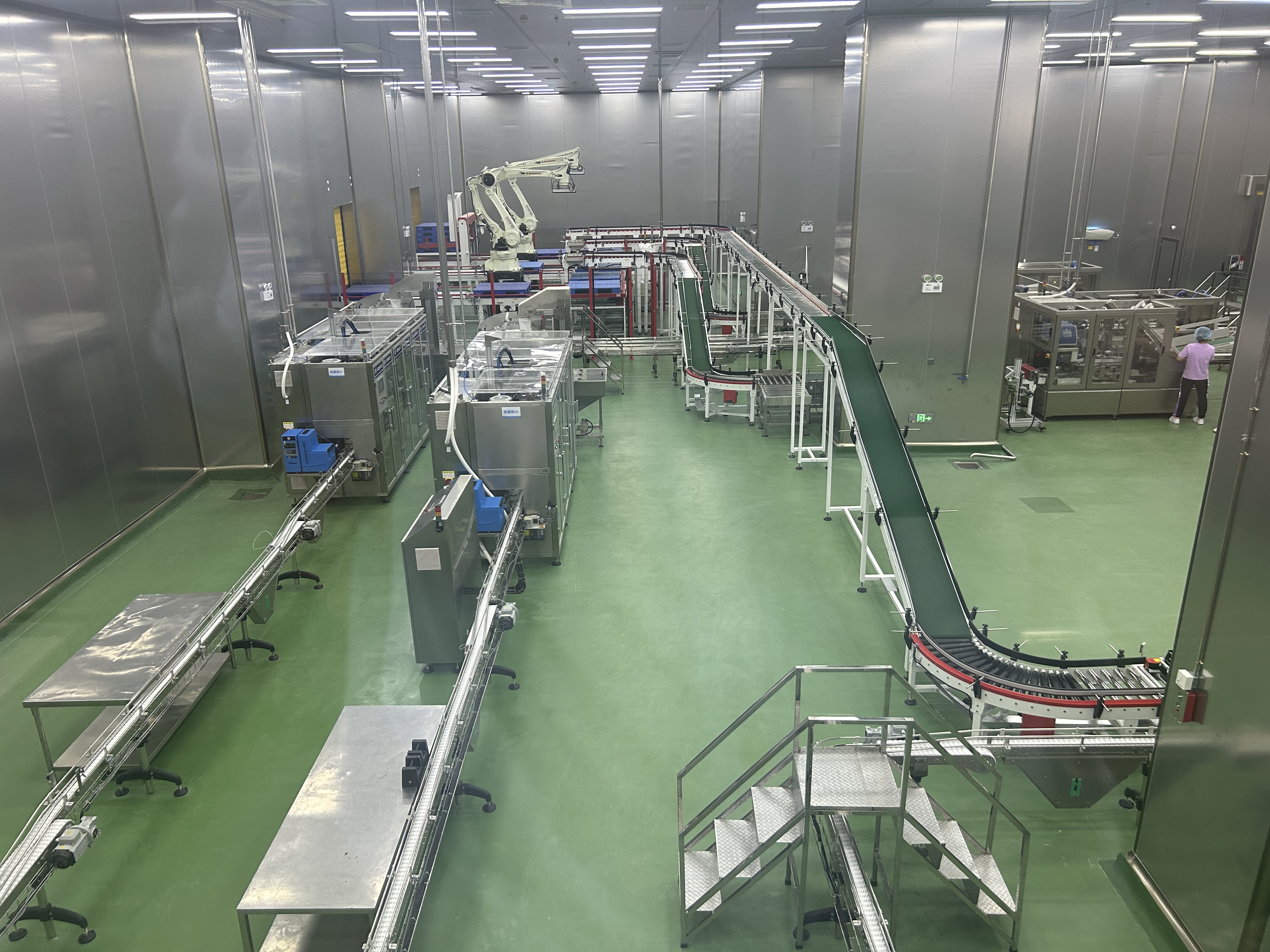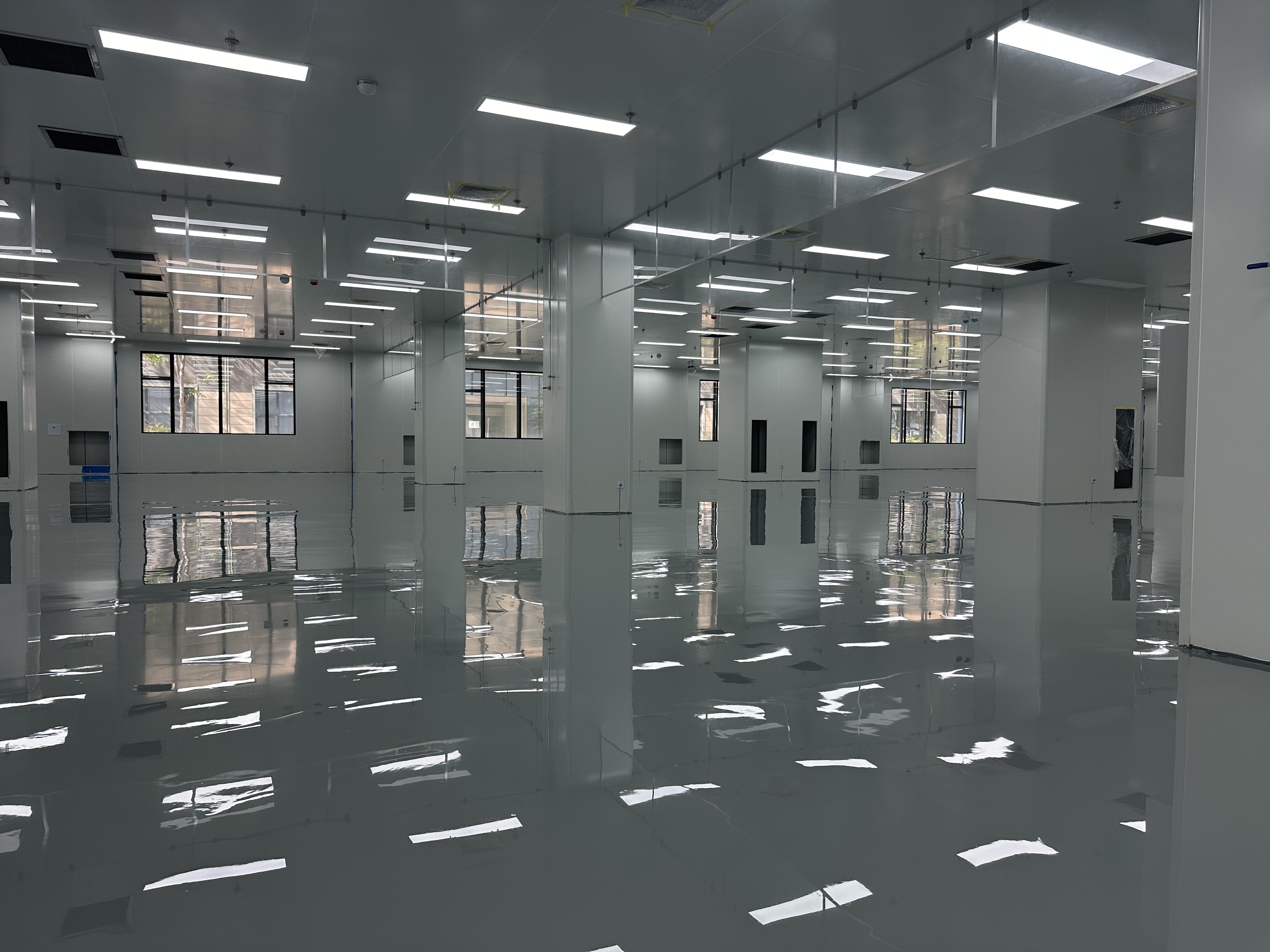How to choose epoxy floor paint?
In industrial, commercial, medical, and other scenarios, epoxy floor paint has become a popular choice for floor decoration due to its combination of functionality and practicality. However, the requirements for floor paint vary greatly across different scenarios. Blind selection can easily lead to poor usage effects. Therefore, it is necessary to accurately screen from multiple dimensions to ensure that epoxy floor paint can fully exert its functions.
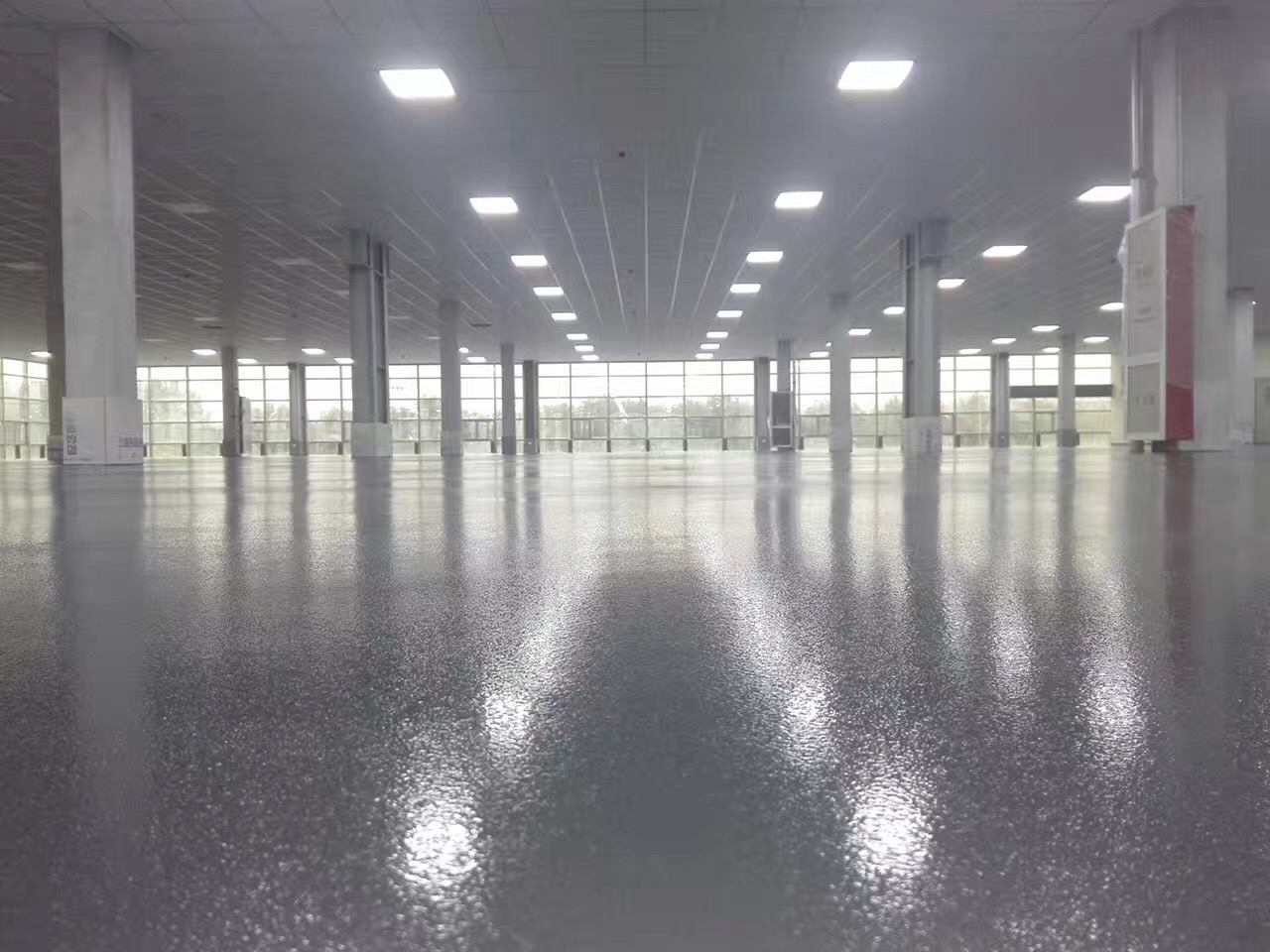
First of all, the type of epoxy floor paint should be determined based on the usage scenario and functional requirements. In ordinary industrial scenarios, such as warehouses and parking lots, if the requirement for cleanliness
is not high and only basic dust-proof and wear-resistant needs are to be met, epoxy flat-coat floor paint is a cost-effective option, featuring lower cost and convenient construction. But once it needs to withstand the rolling
of forklifts and heavy equipment or cope with mechanical impacts, it is necessary to upgrade to epoxy mortar floor paint. This type of floor paint has significantly improved wear resistance and pressure resistance due to the
addition of quartz sand, enabling it to easily handle heavy-load environments.
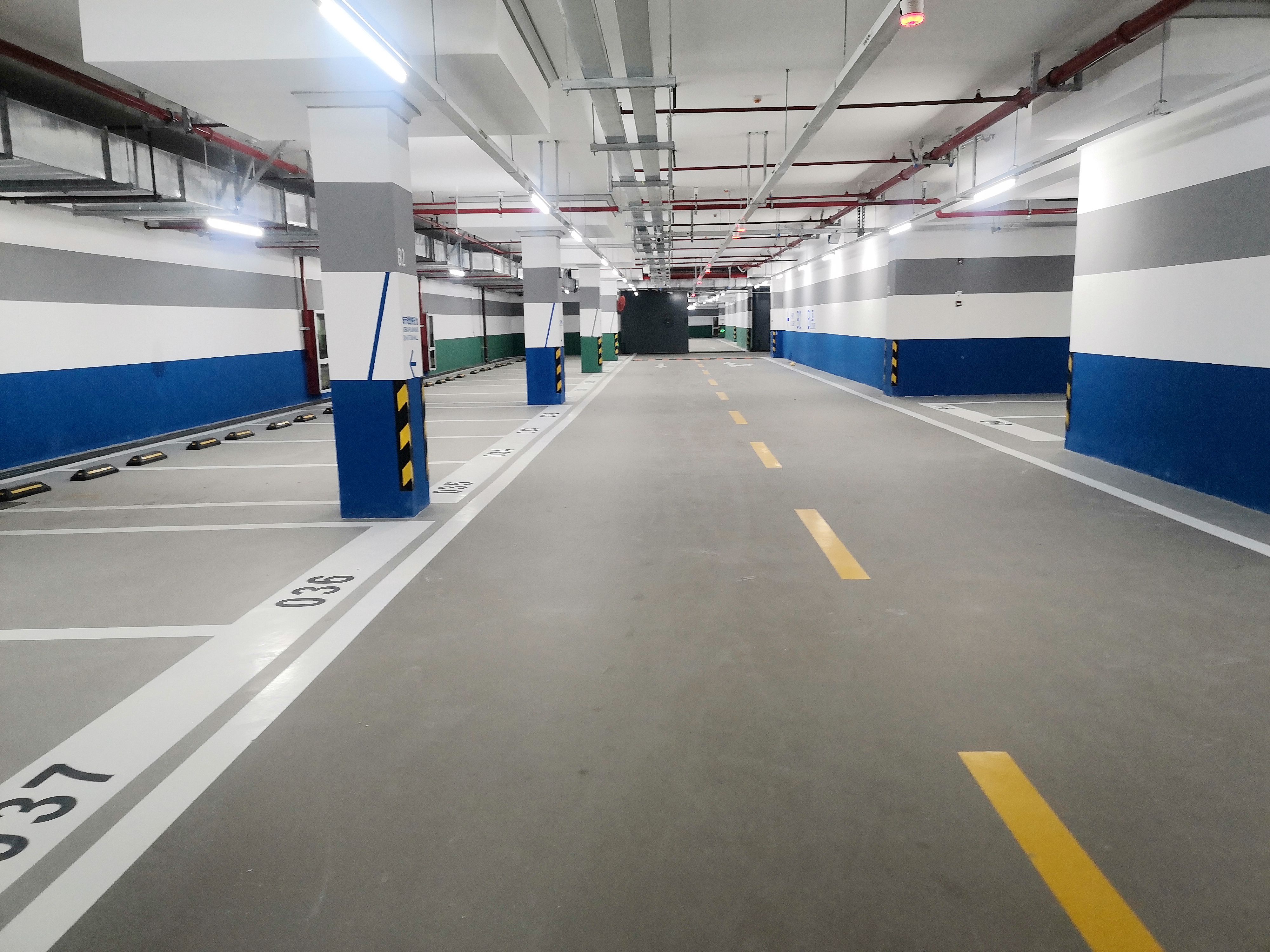
In high-cleanliness scenarios such as electronics factories, pharmaceutical factories, and hospitals, strict requirements are imposed on the flatness and dust-proof performance of floor paint. At this time, epoxy self-leveling
floor paint is the first choice. It can form a seamless and flat floor, reduce dust accumulation, and facilitate daily cleaning. If the scenario involves precision instruments and has anti-static requirements, anti-static epoxy floor
paint must be selected. By adding conductive materials, it can release static electricity in a timely manner to avoid damage to equipment or products caused by static electricity.
For chemical corrosion environments such as chemical plants and laboratories that are in long-term contact with acids, alkalis, and solvents, ordinary epoxy floor paint cannot withstand the corrosion. Special anti-corrosion
epoxy floor paint (such as glass fiber reinforced plastic anti-corrosion floor paint) needs to be selected. The coating of this type of floor paint can effectively resist chemical erosion and protect the floor from damage. If the
scenario is outdoors or has high weather resistance requirements, attention should be paid - ordinary epoxy resin floor paint is prone to aging under the influence of ultraviolet rays. In this case, it is recommended to choose
polyurethane floor paint or polyurethane-modified epoxy floor paint. They can not only retain a certain level of wear resistance but also improve weather resistance, making them suitable for complex outdoor environments.
Secondly, the mechanical and chemical performance requirements must be evaluated with emphasis, as they directly determine the service life of epoxy floor paint. In terms of mechanical performance, wear resistance is a key indicator: if forklifts, trolleys, and other vehicles are commonly used in the workshop, floor paint with the corresponding wear resistance level should be selected according to the type of vehicle. Especially in heavy-load scenarios, epoxy mortar floor paint with a coating thickness of more than 1mm must be used. For pressure resistance, it is necessary to consider the load requirements. If the load is less than 1 ton, 0.5mm thin-coat epoxy floor paint can be selected; for loads above 1 ton, 1mm thick epoxy mortar floor paint is required; and for loads above 2 tons, it is recommended to choose a coating thickness of 2mm or more. In addition, if there are frequent cases of moving heavy objects or heavy objects falling, floor paint with high elasticity (such as polyurethane-modified epoxy floor paint) is more suitable, as it has stronger impact resistance and can reduce floor damage caused by impacts.
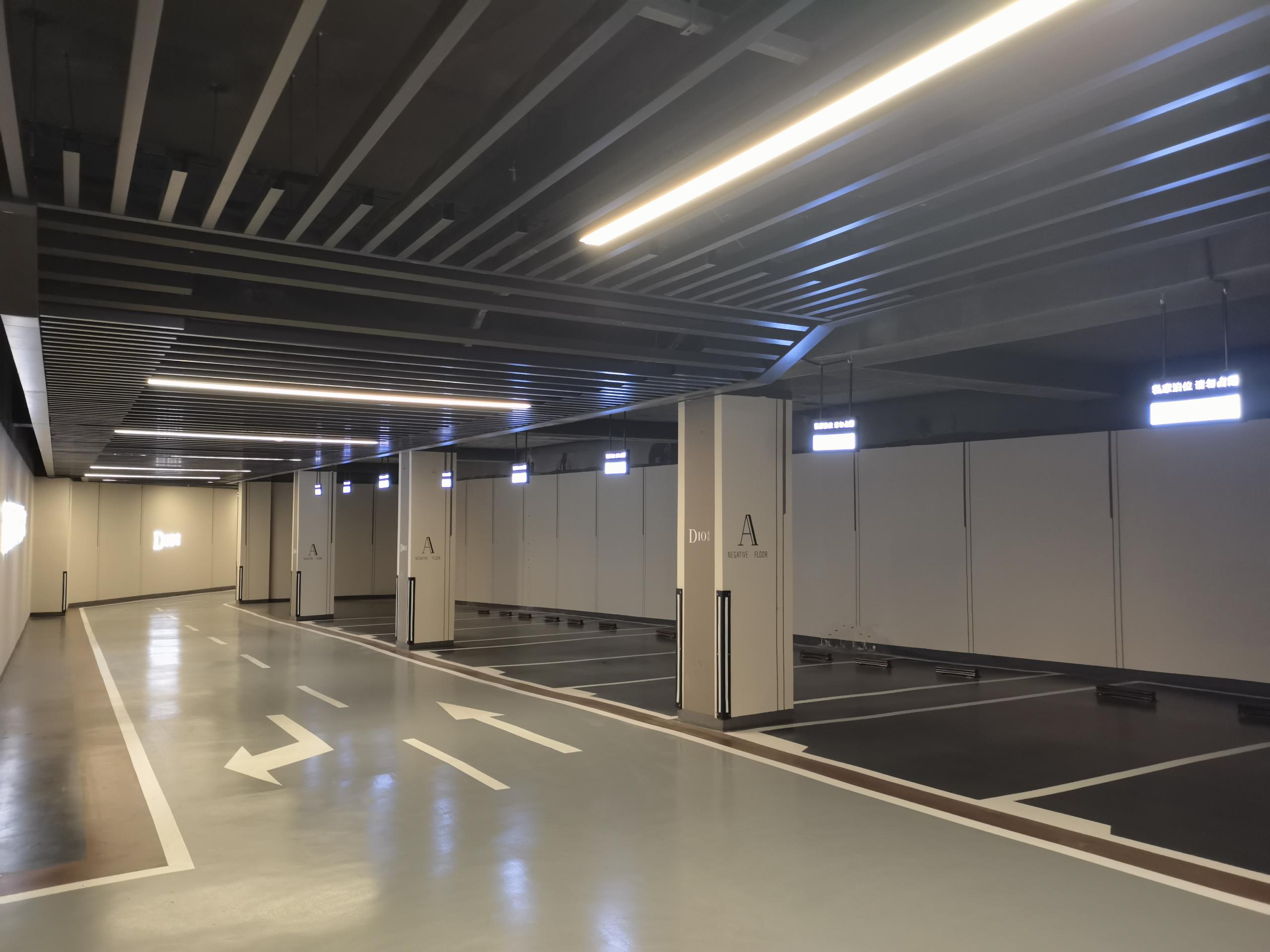
In terms of chemical performance, acid and alkali resistance and solvent resistance need to be considered in a targeted manner. If the floor will be in contact with strong acids and alkalis, in addition to selecting anti-corrosion epoxy floor paint, attention should also be paid to the coating thickness. Generally, a thickness of 1.5-5mm is required to effectively resist corrosion. If the floor will be in contact with solvents such as gasoline and alcohol, it is necessary to first clarify the type of solvent and the contact time, and then select epoxy floor paint with the corresponding chemical corrosion resistance level to prevent coating damage caused by solvent penetration.
Furthermore, the base surface and environmental conditions will also affect the construction effect and service performance of epoxy floor paint. First, look at the condition of the base surface: if the base surface is uneven, floor paint cannot be constructed directly. It is necessary to first repair and level the surface with epoxy mortar before applying the floor paint. The strength of the base surface is also important - the compressive strength of the base layer should be ≥20MPa. If the strength is insufficient, either thicken the epoxy floor paint coating (e.g., choose a thickness of 1.5-5mm) or reinforce the base surface; otherwise, problems such as coating cracking and sanding may occur later.
Then, consider the floor level: due to high humidity in underground floors, it is necessary to do moisture-proof treatment in advance or directly select moisture-proof epoxy floor paint to prevent the floor paint from blistering due to moisture. On the other hand, the environment of ground floors is relatively dry, so the construction process can be simplified according to actual needs, and no additional complex moisture-proof treatment is required.
Finally, comprehensive factors such as aesthetics, cost, and construction convenience should also be considered. In terms of aesthetics and zoning management, the color function of epoxy floor paint can be used to divide functional areas. For example, yellow floor paint can be used to mark safety passages, and green floor paint can be used to divide operation areas. At the same time, matte or glossy effects can be selected according to scenario requirements - matte is suitable for daily operation areas such as workshops, as it can reduce dazzling light reflection; glossy is suitable for areas that need to enhance texture, such as exhibition halls, as it appears more neat.
In terms of cost and construction convenience, when the budget is limited, 0.5-0.8mm thin-coat epoxy floor paint is the preferred option, which can meet basic needs while controlling costs. Although high-cleanliness scenarios require more investment in epoxy self-leveling floor paint, this type of floor paint has a longer service life and lower subsequent maintenance costs, making it more cost-effective in the long run. In addition, for the renovation of old floors, there is no need to completely remove the original floor. It is only necessary to repair the damaged parts with epoxy mortar and then apply new floor paint, which greatly saves construction time and costs.
In summary, the selection of epoxy floor paint requires a comprehensive consideration of four dimensions: scenario functions, mechanical and chemical performance, base surface conditions, and cost budget. For example, mechanical workshops are suitable for 1-2mm thick epoxy mortar floor paint, electronics factories need to select anti-static epoxy self-leveling floor paint, and chemical plants should choose anti-corrosion epoxy floor paint with a thickness of more than 1.5mm.
Link to this article:https://sprcoating.com/news/How-to-choose-epoxy-floor-paint_117.html
